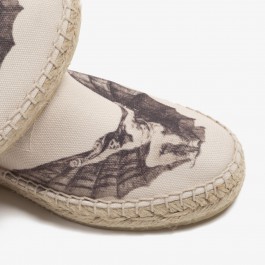From the middle decades of the 17th century, Andalusian painting experienced a unique phenomenon: the proliferation of series of paintings that describe the more or less complete biography of a character or the stages of a specific biographical event, and which were the result of the commission of individuals for domestic interiors or private oratories. The themes they deal with, their constituents and the spaces to which they were destined influenced the size, usually medium, of the canvases, their strong narrative component and the fact that they contained many elements that favored the possibility of establishing parallels between the episodes narrated and everyday experience. Therefore, they are series that not only presented themselves as a vital «example» for their owners and their guests, but also offered these multiple possibilities for «recreation», by adding a wide variety of types, costumes, expressions and environmental motifs to the romantic component of the frames. The fact that many of the narrated episodes took place in the open air also made them an important instrument for the development of landscape painting.
The present book, in which this phenomenon is studied for the first time in a monographic way, has as its main axes the series of the parable of the prodigal son, by Bartolomé Esteban Murillo, the story of José in Egypt, by Antonio del Castillo, and from the life of Saint Ambrose, by Juan de Valdés Leal. It also specifically analyzes the relationship between these cycles and daily life through the chapter dedicated to scenes that represent banquets or encounters before a well, two of the places of sociability par excellence.
ISBN: 978-84-8480-557-1

















